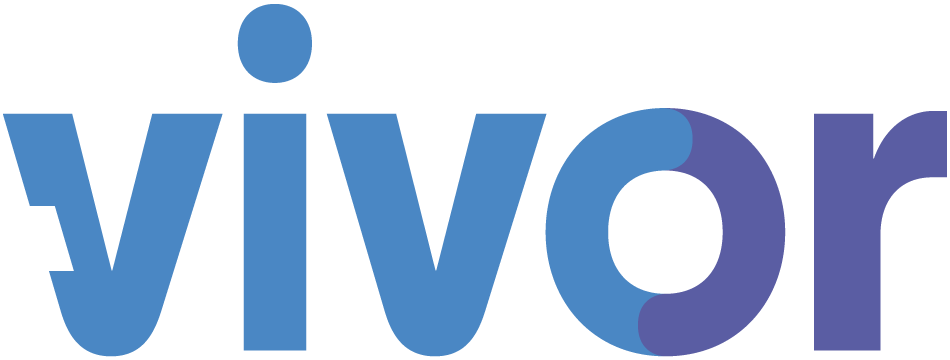While implementing Vivor at health systems, there's one question we hear more often than any other: "With so many patients who could benefit from financial assistance, where do I start?" It's such a tough question because for every patient prioritized, there might be several others who don't receive attention as quickly as possible. Yet with limited financial navigators in place to screen and enroll patients, health systems are sometimes forced to make trade-offs. And while financial need is a crucial metric, it's just as important to consider the potential impact that financial assistance can have for each patient.
Screening at Scale
Potential impact is a function of two inputs: out-of-pocket cost and available assistance. If your organization is not considering both of these factors, then it may be missing out on significant opportunities to reduce financial burden for its patients.
Fortunately, most health systems already have a workflow to determine out-of-pocket cost during the prior authorization workflow. Start by making sure that you also have a clear process to flag patients with an anticipated out-of-pocket cost over a reasonable threshold, such as $500. But don't make the threshold too high! Remember that medical expenses are only one portion of the burden that contributes to financial toxicity.
Determining the amount of available assistance can be much more challenging to pull off across a large patient population. If you have a financial assistance platform like Vivor, then you can use worklists to prioritize patients based on insurance types, drug sets, or other factors like ease of enrollment. But even if you don't have technology to help, you can still prioritize the treatments where you know from experience that financial assistance is likely to make the biggest impact.
Therapies with the Highest Financial Assistance Impact
With Vivor's reach across over 200 sites of care nationally and over half a million patients screened, we've accumulated a lot of data on financial assistance impact. Vivor customers have secured over $200 million in co-pay assistance, giving us a broad view of the typical results for each therapy. To make this data useful, even for health systems who are not on Vivor, we analyzed thousands of assistance enrollments and identified the top 10 infused/injectable therapies where co-pay assistance is likely to make the biggest impact for commercially-insured patients.
One big caveat: these are averages, not guarantees. Each patient circumstance is unique, and even a factor as seemingly minor as claim processing dates can affect a patient's eligibility for assistance.
Top 10 Infused/Injectable Therapies by Average Co-Pay Claims per Patient
| Brand Name | Manufacturer | Avg Co-Pay Claims |
| Entyvio | Takeda | $4,000 |
| Remicade | Janssen | $3,000 |
| Ocrevus | Genentech | $2,800 |
| Rituxan | Genentech | $2,700 |
| Opdivo | BMS | $2,400 |
| Keytruda | Merck | $2,200 |
| Avastin | Genentech | $2,100 |
| Herceptin | Genentech | $2,000 |
| Perjeta | Genentech | $1,700 |
| Neulasta | Amgen | $1,400 |
| Prolia / Xgeva | Amgen | $1,200 |
Source: 2021 Vivor benchmark analysis. Includes commercially insured patients only. Average claims totals are approximate.
We know that establishing and maintaining a patient financial assistance program can be overwhelming, and we’re here to help. To learn more about how our customers are using Vivor to reduce financial toxicity and improve the patient experience, download our latest white paper.


